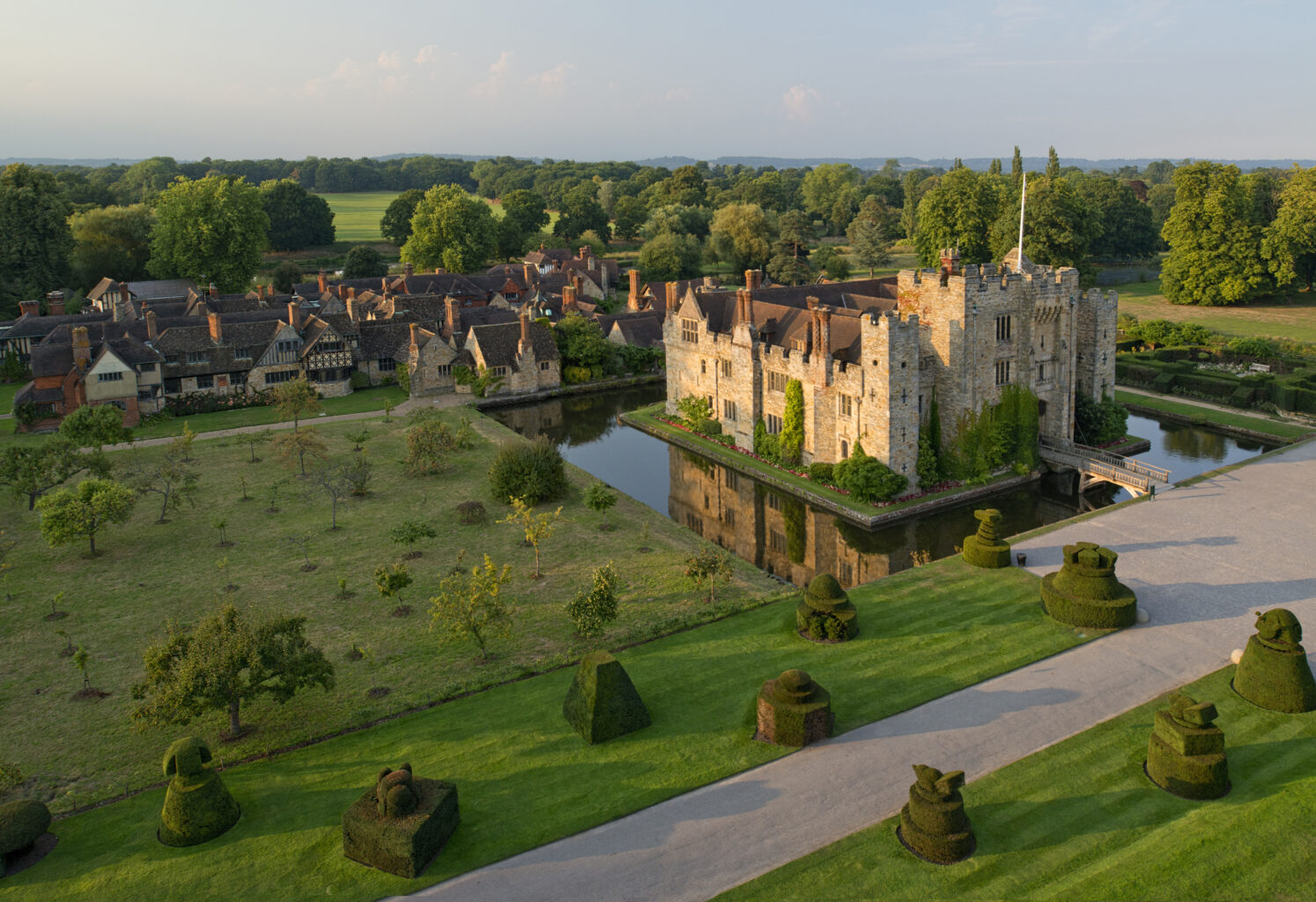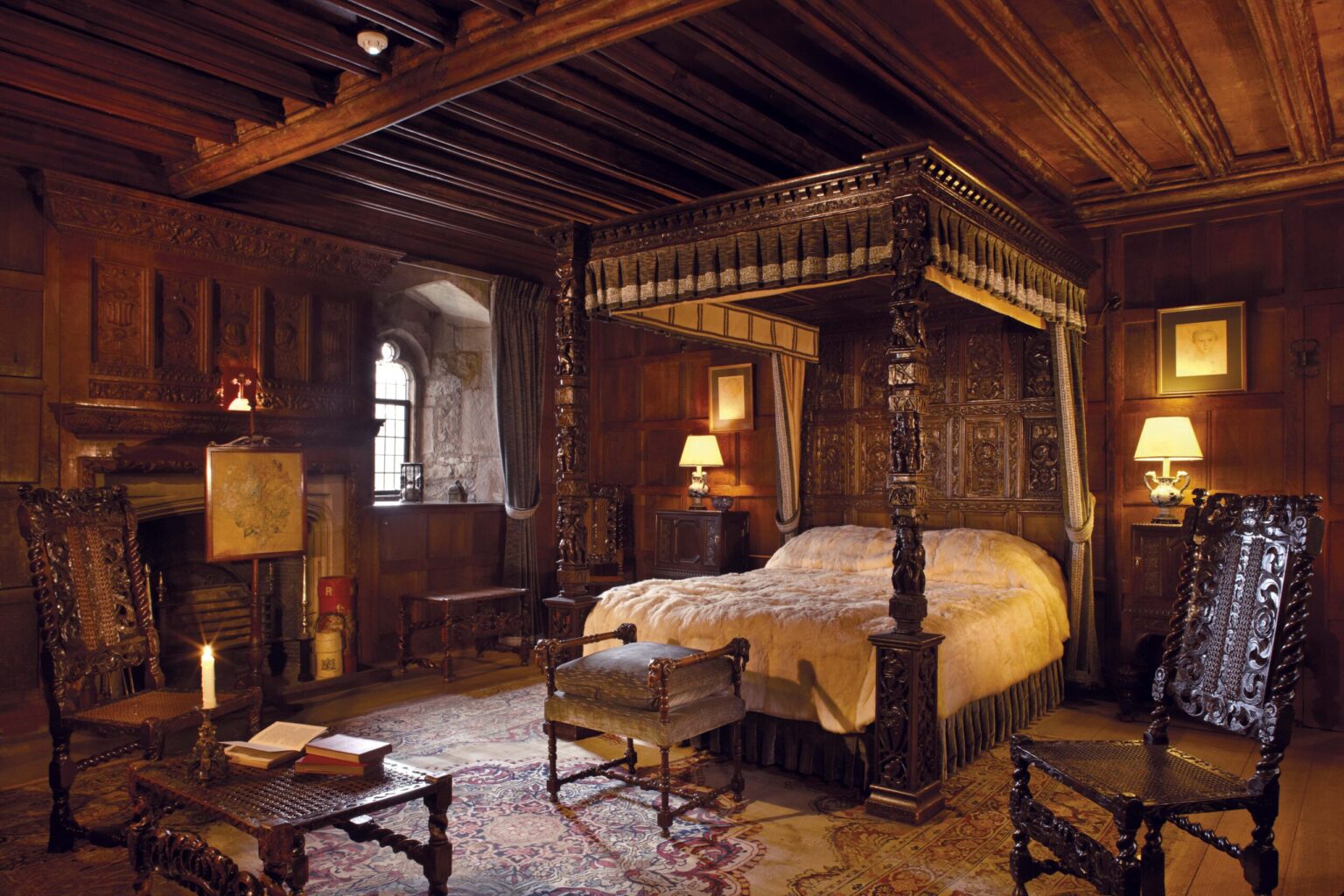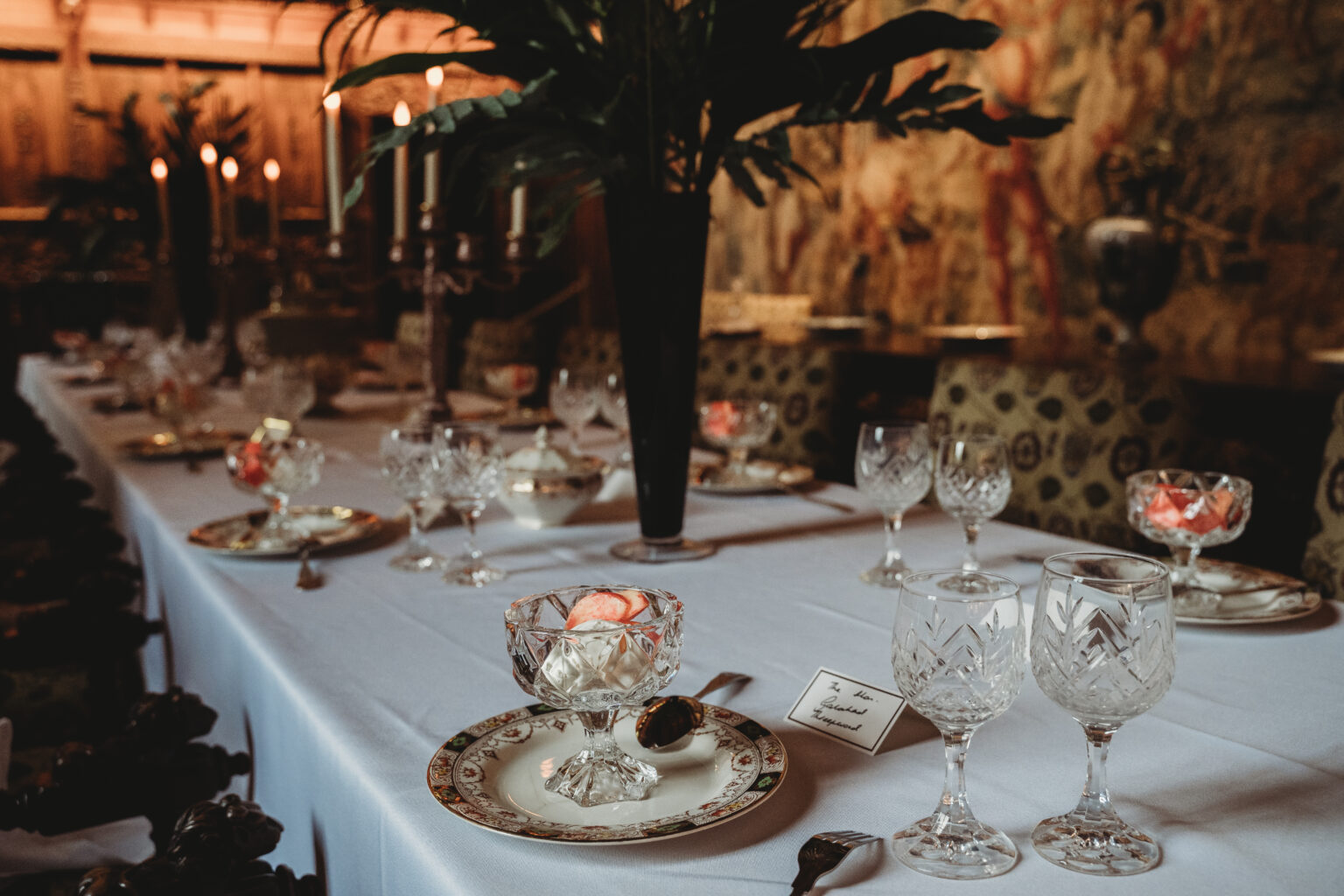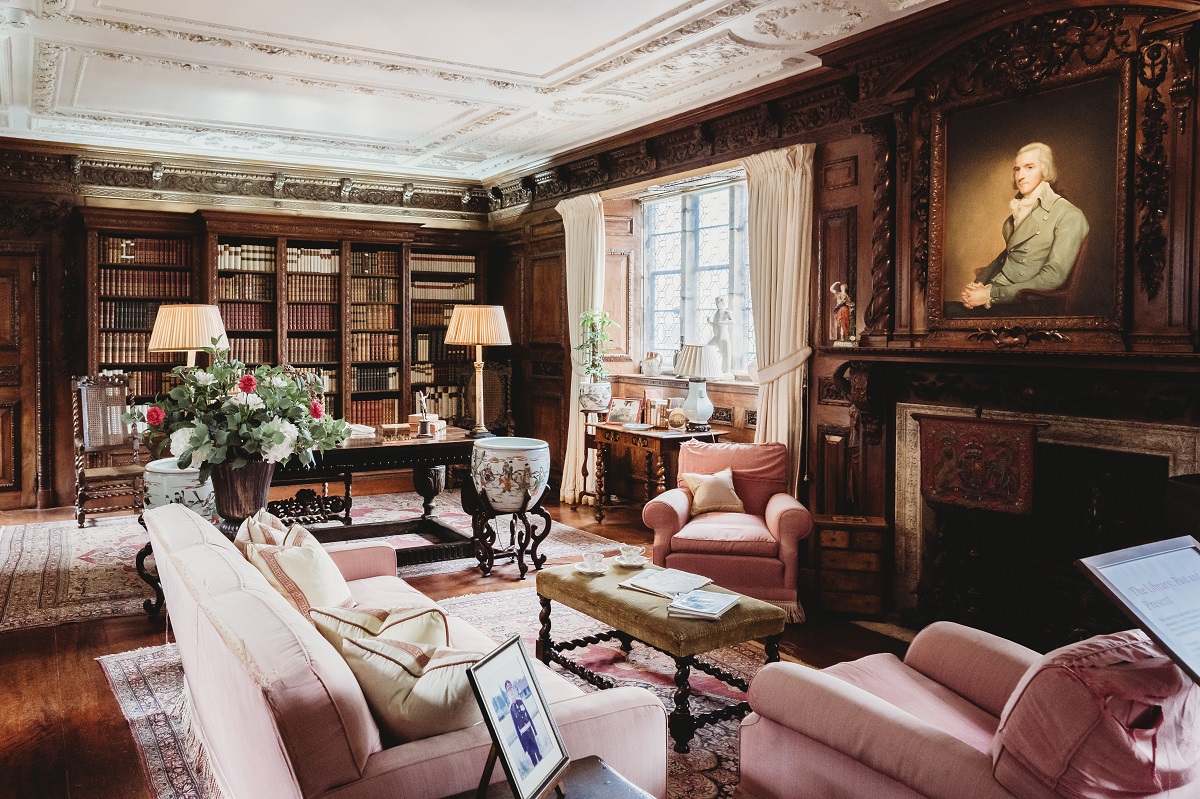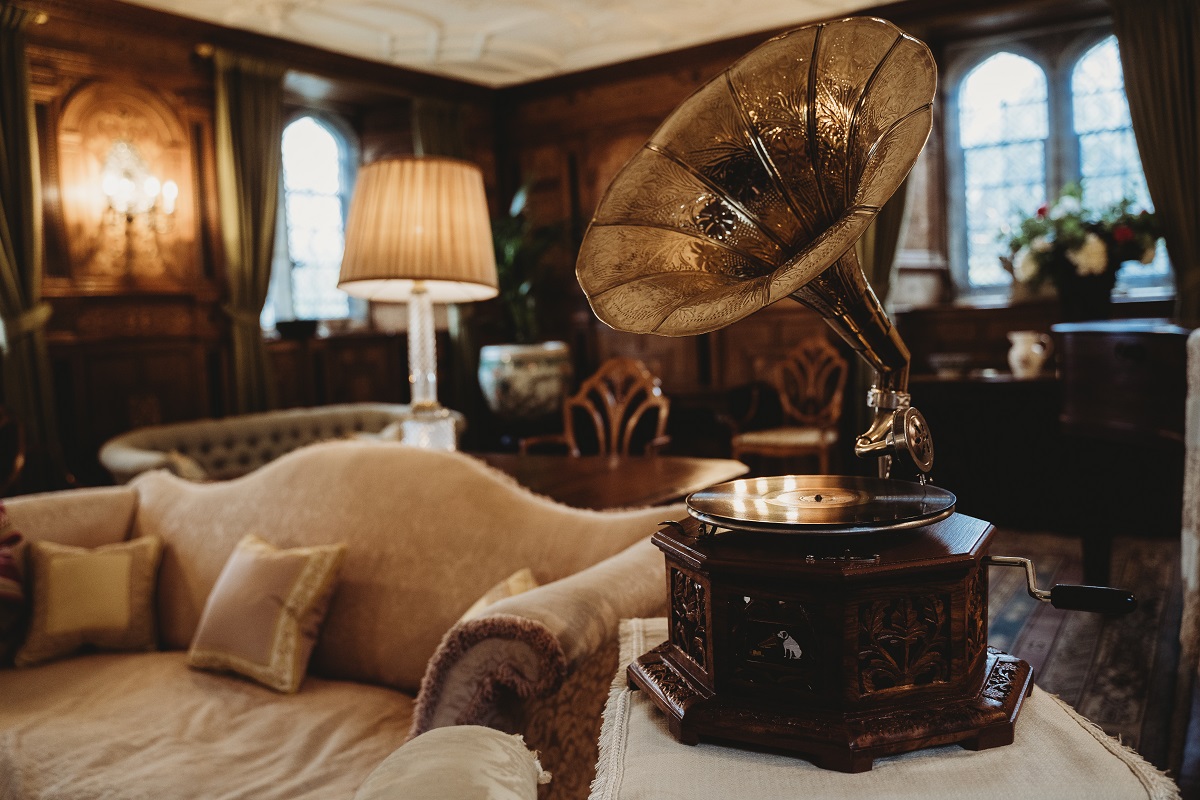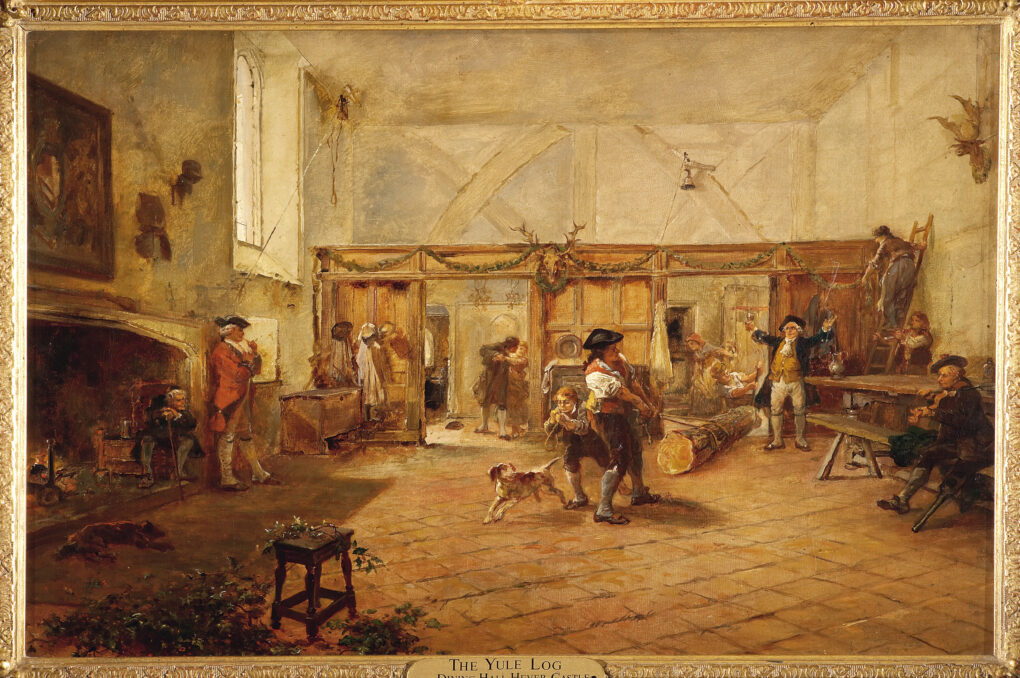
14th Century
The present Gatehouse and walled bailey is built of sandstone. It contained a hall, replacing the original timber hall of the motte and bailey Castle.
Although evidence for the original building on this site is now lost, a building known as Hever Cobham was inherited by Stephen de Cobham, Baron Rundale in 1308.
This first motte and bailey castle at Hever would have been centered around the Great Hall; a rectangular timber structure, usually of three bays with a central hearth and a dais at one end. Around the Hall would have been various outbuildings, kitchen, stores, barns, stables, the dairy, butchery and workshops.
In 1383 John de Cobham was granted a licence to crenellate the Hever Cobham.
The moat, Gatehouse, walls, towers, Great Hall and end block all date to the 14th century. The area behind the Gatehouse became an inner bailey with 3 sided timber framed buildings containing; the kitchen, stores, stables, bakehouse and domestic offices, all surrounded by a stone curtain wall. The Castle thus changed from its original circular motte and bailey design.
The west wing contained the Solar and Great Chamber. Below the Great Chamber was the Chatelaine’s Office and the remainder of the ground floor of this wing became the administrative offices for the Castle, Estate and manors.
The east wing accommodated the various domestic offices such as the chaundry (candles), dairy and napery (linen) with accommodation for guests on the upper floors.
The exterior walls of the Castle would have been whitewashed with a mixture of powdered chalk and water which gave the Castle a more dramatic appearance as well as providing some weather proofing. The front of the Castle would then have been decorated in strong colours.
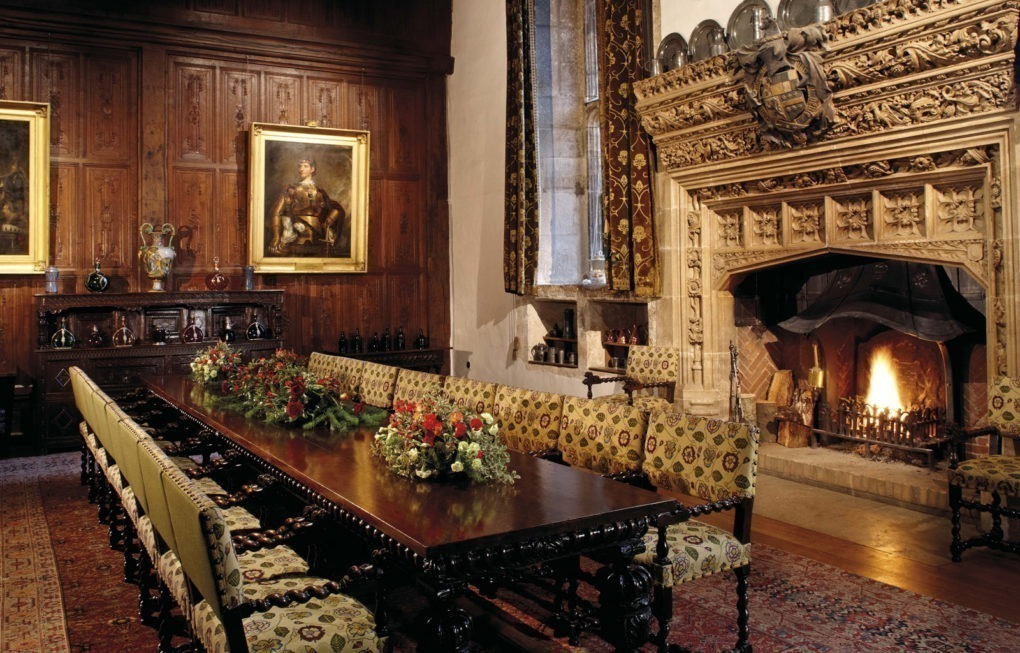
15th Century
With the purchase of the Castle by Geoffrey Boleyn in 1462, the rather outdated living quarters were updated. Upon Geoffrey’s death in 1463 the Castle was inherited by his son William. The large windows on the north wall in the Great Hall were added around this time, and at the same time a section of the Great Hall was partitioned off to create a Parlour on the west side.
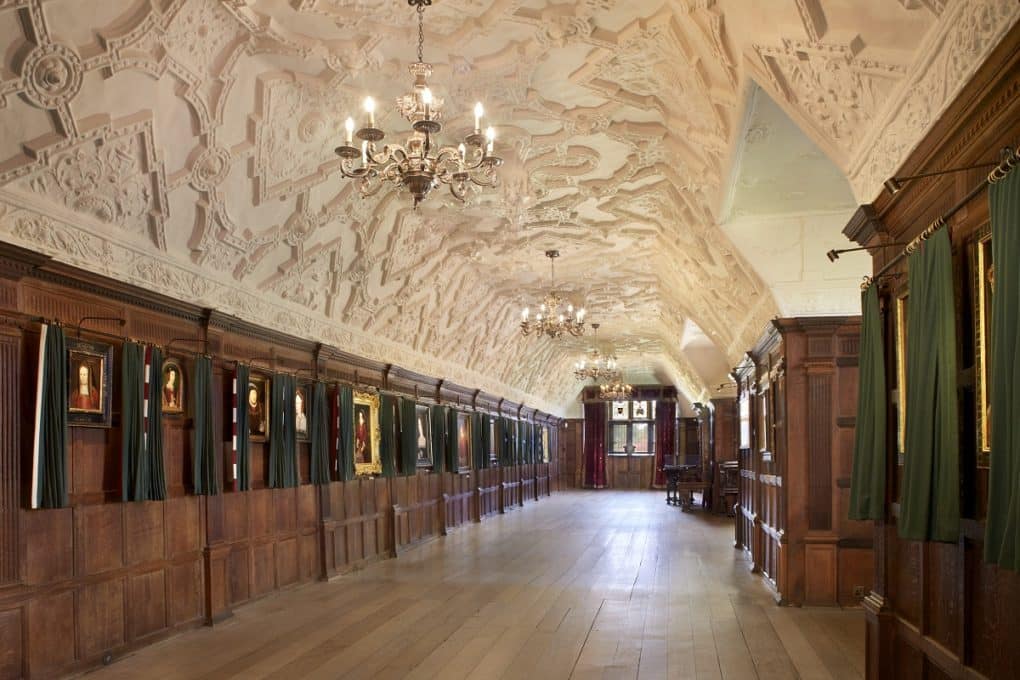
16th Century
Thomas Boleyn continued the building works started by his grandfather and father by adding a spiral stone staircase to the north wall, which connected the new Parlour with the family apartments on the 1st floor. As was fashionable at the time he also ceiled the previously exposed crown post roof over the family’s great chamber, bedchamber, antechambers and kitchen. A lower ceiling over many of these rooms meant that the central hearths had to be moved so fashionable new fireplaces were added to the north and west ranges.
During the tenancy of Anne of Cleves the present Entrance Hall was added to the front of the house. A large grand staircase led up to the Staircase Gallery above which linked the two wings of the house. This gallery also allowed for access to the new Long Gallery that Anne had built over the great hall and the kitchen.
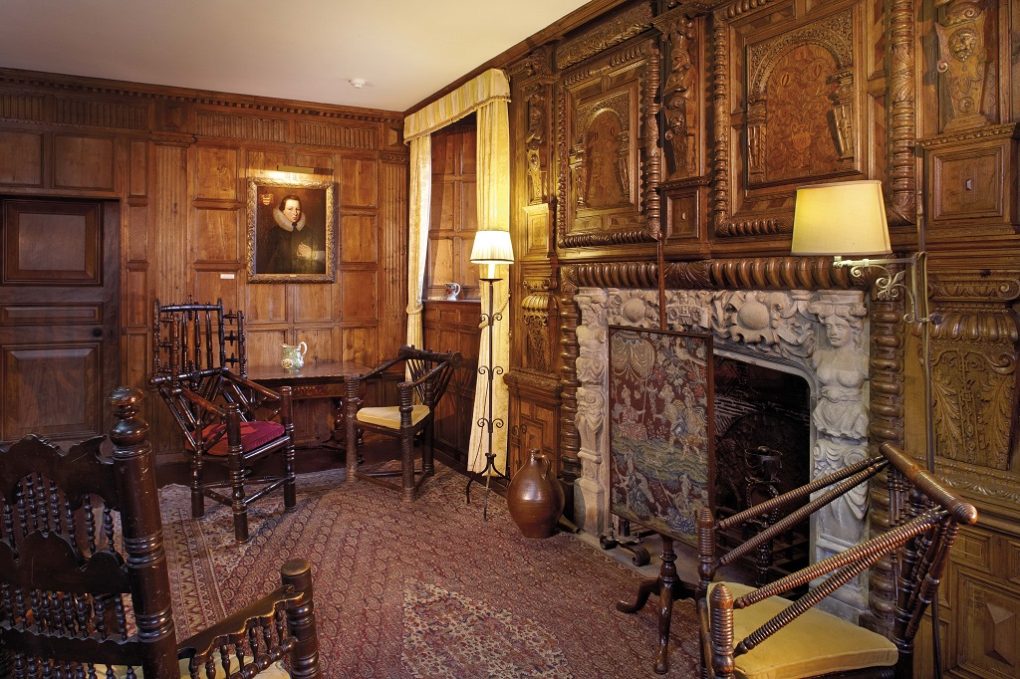
17th & 18th Century
In 1644 the fireplace was installed in the Morning Room by Henry Waldegrave.
The windows in the north wall of the Long Gallery were bricked up to avoid the window tax which was first introduced in 1696. The windows were reopened in 1898.
The terrace around the inside of the moat was probably constructed in c.1715 to provide a damp course for the Castle. The wooden drawbridge was replaced by a stone bridge to enable a horse and coach to drive to the front door.
Sir Timothy Waldo added to the Estate, which extended to 1300 acres by his death in 1786.

19th Century
The north-east corner of the Castle collapsed under the weight of a large fifteenth century chimney which had been built on top of the kitchen flue. In 1838 the kitchen was moved in to the Great Hall possibly because the tower was showing signs of cracking. The fireplace was moved to its present site in 1898.
In 1895 Captain Guy Sebright and his wife Olive took a lease on the Castle from the Meade Waldo family and three years later they embarked on the restoration of the building.
The Courtyard and the ground floor were lowered to allow for the conversion of the two wings of the house into the Drawing Room and Library.
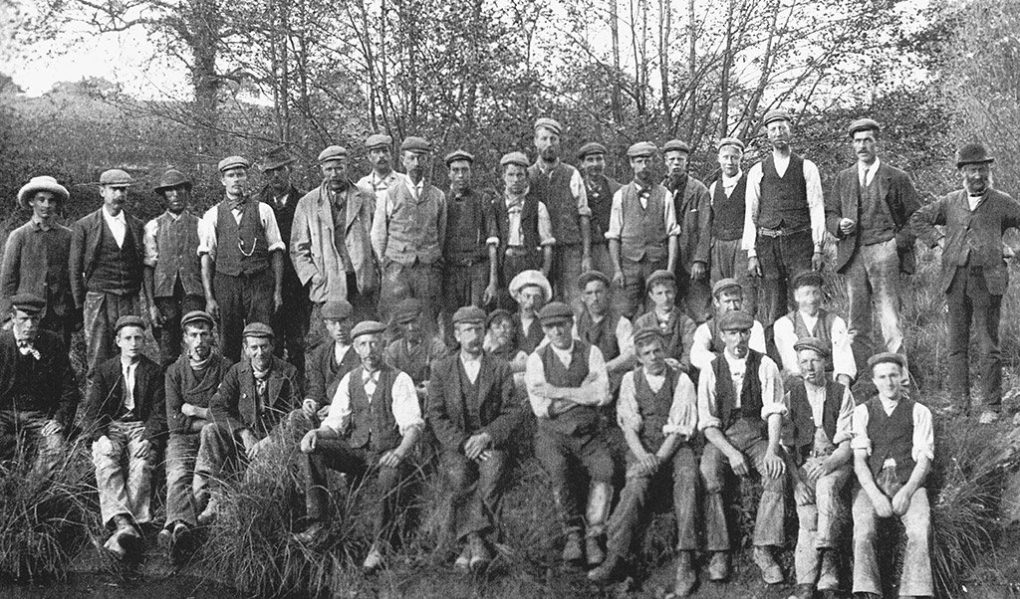
20th Century
On 27 July 1903 William Waldorf Astor purchased Hever Castle. He embarked on restoring the Castle and creating the pleasure grounds with Frank Loughborough Pearson as the architect in charge of the whole scheme. Works in the Castle were completed in 1906 and the grounds in 1908.
Sir Douglas Fox & Partners were the consulting engineers, and examined with meticulous thoroughness as to planning, workmanship and costs. 748 men were employed to work on the Castle, with a further 800 men excavating the 38 acre lake.
Thompson’s of Peterborough carried out the repairs and restoration of the Castle and built the Astor Wing, Italian Gardens, Power Station, Stables, Home Farm, Kitchen Gardens, and Estate Cottages.
Every fragment of the original Castle structure was preserved. Captain Sebright’s modern additions such as doors, locks, windows and glass were replaced by the best materials used in the manner of the sixteenth century. The workmen were not allowed to use modern planes, only the adze and the chisel. Many of the beautiful carvings and plastered ceilings in the Castle were undertaken by Nathaniel Hitch and William Silver Frith.
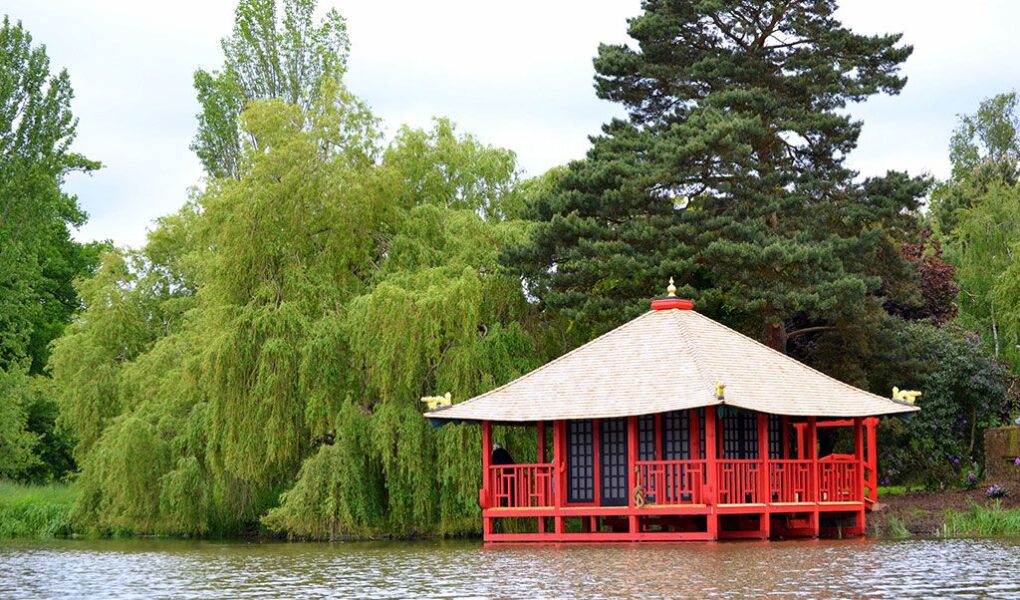
21st Century
In 2009 work began on the installation of a biomass woodchip boiler. It provides the estate with over 90% of its hot water and heating requirements.
In 2010 the newly renovated Guthrie Pavilion Restaurant saw the old 1970s building transformed into a modern venue in the classical style to complement the nearby Italian Gardens.
The oldest plans of the lake show the Japanese Teahouse in a prominent position on the peninsula of 16 Acre Island. Although it formed an integral part of the whole landscape design, the original teahouse was demolished to make way for a pill box during the Second World War. The new Japanese Teahouse Folly was designed by Stephen Langer Associates and built by local oak framing company, Scott Partnership in 2013.
The 100 year old sewage system has been replaced by an ecologically sound solution. The old settling ponds have been transformed into a series of wetland habitats and lagoons that not only purify the sewage converting it to water, but also support a healthy and diverse range of wildlife.

